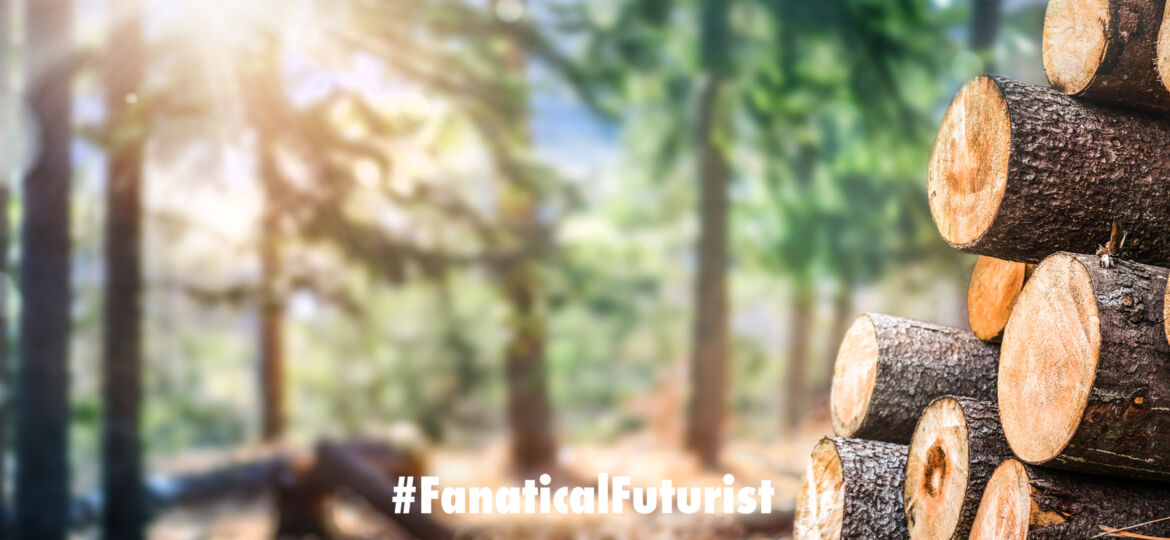
WHY THIS MATTERS IN BRIEF
Agriculture and forestry account for over 20 percent of all greenhouse gas emissions, but what if you could grow only the parts of the plant you want in a lab like lab made meats using no chemicals and without any of the waste?
 Love the Exponential Future? Join our XPotential Community, future proof yourself with courses from XPotential University, connect, watch a keynote, or browse my blog.
Love the Exponential Future? Join our XPotential Community, future proof yourself with courses from XPotential University, connect, watch a keynote, or browse my blog.
Today we have the technology to produce meat, like bacon, beef, chicken, duck, fish, and, of course, Panda and Zebra, in a lab without the need to ever rear or kill an animal. We can also produce leather, milk, soya, and a variety of other animal products without the animal too.
Ultimately the benefit of being able to grow these products in labs means we have a way to eliminate over 20 percent of greenhouse gas emissions that come directly from the rearing and transportation of meats and food stuffs – as well as being able to eliminate all the anti-biotics and chemicals used to rear them all as well.
So far this all sounds all well and good, but how about applying this same technique to other environmentally questionable practises like forestry to produce wood in new ways?
This week, a couple of years after researchers elsewhere showed off their genetically engineered wood products, researchers at MIT announced they’ve developed a new method for growing plant tissues in a lab — sort of like how companies and researchers are approaching lab grown meat. The process would be able to produce wood and fibre in a lab environment, and researchers have already demonstrated how it works in concept by growing simple structures using cells harvested from Zinnia leaves.
The work is still in its very early stages, but the potential applications of lab grown plant material are significant, and include possibilities in both agriculture and in construction materials. While traditional agriculture is much less ecologically damaging when compared to animal farming, it can still have a significant impact and cost, and it takes a lot of resources to maintain. Not to mention that even small environmental changes can have a significant effect on crop yield.
Forestry, meanwhile, has much more obvious negative environmental impacts. If the work of these researchers can eventually be used to create a way to produce lab grown wood for use in construction and fabrication in a way that’s scalable and efficient, then there’s tremendous potential in terms of reducing the impact on forestry globally. Eventually, the team even theorizes you could coax the growth of plant-based materials into specific target shapes, so you could also do some of the manufacturing in the lab, by growing a wood table directly for instance.
There’s still a long way to go from what the researchers have achieved. They’ve only grown materials on a very small scale, and will look to figure out ways to grow plant-based materials with different final properties as one challenge. They’ll also need to overcome significant barriers when it comes to scaling efficiencies, but they are working on solutions that could address some of these difficulties.
Lab grown meat is still in its infancy, and lab grown plant material is even newer but it has tremendous potential, even if it takes a long time to get there.
Source: MIT















